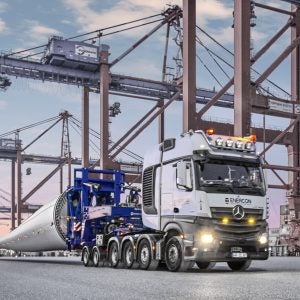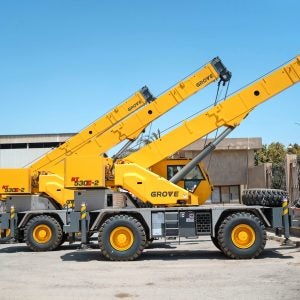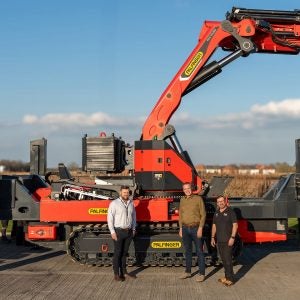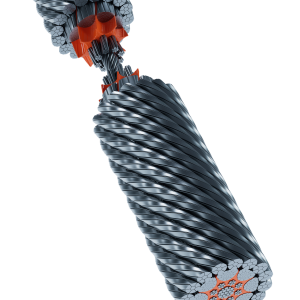Over 17 pages, the safety engineers pick apart the proposed rule, pointing out where it conflicts with long established standards, which OSHA helped craft. The comment, prepared for ASSE president Warren K Brown, says, “OSHA did not go nearly far enough in meeting its responsibility to incorporate voluntary national consensus standards in creating this proposed rule. The ANSI/ASSE A10 Committee for Construction and Demolition Operations is one of the oldest committees under ANSI since its founding in 1939. However, not one A10 Standard is recognised or cited by reference in the proposed rule when, as our comments below indicate, the proposed rule indicates many instances when references to A10 Standards are needed for the safe operation of cranes and derricks.
Ignoring standards
“OSHA was, until recently, a long term member of the A10 Committee and was a key participant in the development of the A10 ASC Standards. Further, discussions with several members of C-DAC indicate that the A10 ASC Standards were never brought to the committee’s attention by OSHA staff. This is a significant failure on the part of OSHA to perform meaningful background research.”
Brown adds that OSHA had agreed a memorandum of understanding with the American National Standards Institute, stating that they would work together in line with the National Technology and Transfer and Advancement Act, 1996, ‘to co-ordinate federal activities in voluntary standards’. Brown says OSHA failed to comply with the act (Public Law 104-113), despite its agreement in the memorandum.
The safety engineers, the comment says, request that “OSHA conduct a hearing to address why OSHA did not meet the requirement of Public Law 104-113 by its failure to recognise the A10 and other widely known and used national voluntary consensus standards. As the variety of concerns ASSE’s members have with this proposed rule indicates, below, references to A10 and other national voluntary consensus standards are both appropriate and essential to a final cranes and derricks standard.
Overturning court rulings
The comment also accuses OSHA of trying to use the rule to overturn a court decision on the limits to its ability to cite controlling entities, ahead of the results of a current Court of Appeal hearing. Brown says, “In the preamble to the proposed rule, ASSE is concerned that OSHA, in its discussion concerning controlling entities, has overstepped its authority in addressing an unresolved legal issue with regard to controlling entities. While OSHA’s multi-employer worksite doctrine has long been used to extend liability beyond the acts of one’s own employees, the recent Occupational Safety and Health Review Commission (OSHRC) decision in Summit Construction (Secretary of Labor v. Summit Contractors Inc., OSHRC, No. 03-1622, 4/27/07) placed certain limitations on OSHA’s reach in this issue.
“As OSHA knows, that matter is now on review before the US Court of Appeals, Eighth Circuit. In its decision on Summit, the OSHRC found that, for construction employers, OSHA was precluded from citing controlling employers or correcting employers except where they also fit into the category of either ‘exposing employer’ (the one whose employees are exposed to the hazard) or the ‘creating employer’ (the employer whose actions violated the standard or created the hazard).
“With this issue under judicial consideration due to OSHA’s appeal of the OSHRC Summit decision, it is inappropriate for OSHA to try and use this rulemaking as a means of overturning a decision with respect to a ‘general duty’ beyond the scope of actions directly involving cranes and derricks.”






